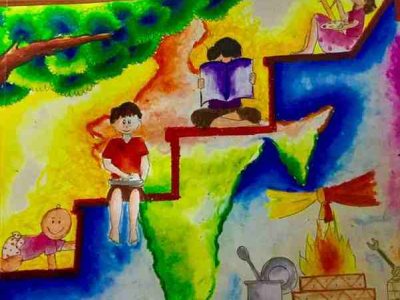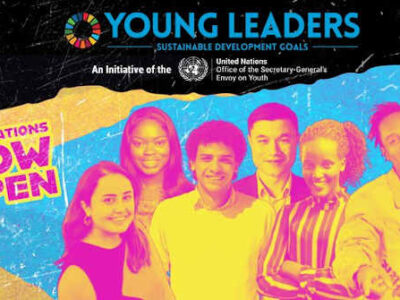
Alternative Model of Modern Education in Schools: Brief Plan
Alternative Model of Modern Education in Schools: Brief Plan
This plan is supposed to highlight the current gaps in the school education system of India and propose solutions to reform the system with the aim to increase the employability of students.
The Problem
The education in schools is based on obsolete syllabuses which are covered by teachers using traditional pedagogical techniques. Since the fundamental school education – where a student spends most of their time in terms of years (almost 12 years) – is flawed, the higher education in colleges and universities becomes meaningless.
As a result, joblessness is increasing rapidly in the country and even higher-degree holders are not able to get jobs. There are hardly any government jobs and there are hardly any skills which are required for private jobs.
The Solution
In order to increase the employability of students, the entire school education system needs a total revamp. The primary education for the first 5 years of schooling should include foundational subjects such as Arithmetic, English, Information Technology (IT), Moral Education, and a local language (such as Hindi, Punjabi, Gujarati, Marathi, etc.).
The higher education from 6th to 12th year of schooling should be divided for each student into 4 different streams: Humanities, STEM (Science, Technology, Engineering, and Math), Commerce or Trade, and Specialized Domains such as Environment, Enterprise Resource Planning (ERP), Artificial Intelligence (AI), Human Rights, Governance, and so on.
The changed system will remove the redundancy from the education delivery and students will be trained for specific categories of jobs which are available in the market.
Therefore, the syllabus for higher education will always be dynamic. A student will be completely ready to earn their livelihood either through a respectable job or group entrepreneurship after completing 14 years of education (12 years of classroom learning + 2 years of on-the-job training).
Implementation
This alternative model of modern education can be implemented initially at an exclusive school of about 200 students. Subsequently, the model can be replicated in more schools and across different locations.
Please click here to study a detailed report on this proposed model of school education.
Contact
Rakesh Raman
Editor, RMN News Service [ Website ]
Founder, RMN Foundation [ Website ]
463, DPS Apts., Plot No. 16, Sector 4
Dwarka, Phase I, New Delhi 110 078, India
WhatsApp / Mobile: 9810319059 | Contact by Email



